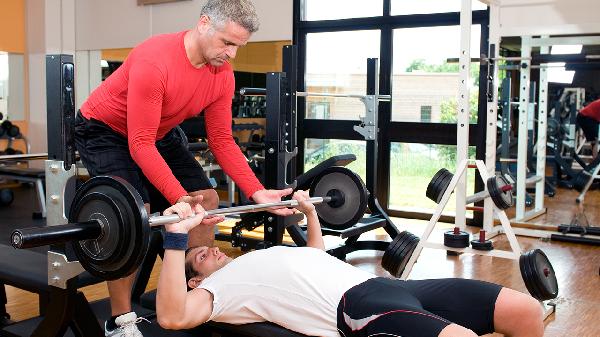If there's one exercise that always makes me shiver in my gym shoes, it's burpees. Love them or hate them, burpees are included in many high-intensity workouts. The basic burpee exercise combines a jump, squat, plank, and push-up to create an intense sequence that works just about every muscle group in your body. And while there are lots of ways to modify this move, a round of burpees is still likely to leave your heart pounding.
The Great Burpee Debate: Are They Worth the Hype?
Burpees are like that one friend who shows up uninvited to every party—some people can’t get enough of them, while others would rather run in the opposite direction. Fitness professionals are just as divided. Rachel Prairie, a health coach and personal trainer, isn’t shy about her stance: "I’m antiburpee." She argues that while they can be useful for high-intensity cardio or occasional challenges, they shouldn’t be the star of your weekly workout routine. Smart programming, she says, should focus on strength training first and use burpees sparingly.
On the flip side, physical therapist Grace Taylor acknowledges that burpees can be beneficial—if done correctly. "When performed with proper form, burpees offer incredible full-body benefits," she says. But here’s the catch: they’re easy to mess up. Poor technique can lead to compensation patterns that strain your joints or muscles, turning a potentially great exercise into a one-way ticket to Injuryville. Taylor also cautions that burpees aren’t for everyone. If you’ve got heart issues or chronic pain in your hips, lower back, shoulders, or wrists, she recommends skipping them altogether. And if you’re new to burpees? Get a trainer or PT to check your form before going all-in.
Breaking Down the Burpee: Step-by-Step Form Guide
Before you dive into burpee madness, let’s nail the basics. Here’s how to do a textbook-perfect burpee, according to the experts:
1. Start standing: Feet hip-width apart, core engaged. 2. Squat down: Drop into a deep squat, placing your hands on the floor in front of you. 3. Kick back: Jump or step your feet back into a high plank position—shoulders stacked over wrists, body in a straight line. 4. Optional push-up: Lower your chest to the floor (if you’re feeling fancy). 5. Jump feet forward: Return to the squat position. 6. Explode up: Jump vertically, reaching your arms overhead. 7. Stick the landing: Soft knees, light feet, and repeat. Taylor emphasizes that the plank portion is where most people go wrong. "If your hips sag or your shoulders creep up to your ears, you’re asking for trouble," she says. Keep that core tight and your spine neutral to avoid unnecessary strain.
Burpee Benefits: More Than Just a Sweaty Mess
Despite the love-hate relationship many have with burpees, there’s no denying their efficiency. Taylor points out that they’re a powerhouse for full-body activation, hitting major muscle groups like the glutes, quads, hamstrings, pecs, and triceps. Translation? They make everyday movements—like lifting groceries or chasing your dog around the park—feel easier. Plus, since they torch calories and build endurance, Prairie calls them a "two-for-one" strength and cardio combo.
Another perk? Burpees require zero equipment and minimal space. "No gym? No problem," Prairie says. "You can do burpees in your living room, a hotel, or even a park." They’re the ultimate on-the-go workout for when you’re short on time but still want a serious burn.
Burpee Modifications: Because Not Everyone’s a Fan of Suffering
If the thought of a full burpee makes you want to fake an injury, don’t panic. There are plenty of ways to scale the move:
- Step-back burpee: Replace the jump-back with a controlled step to ease pressure on your wrists and shoulders. Taylor recommends starting with modifications if you’re new to burpees or dealing with joint sensitivities. "It’s better to build up gradually than to force a movement that doesn’t feel right," she says.
When to Skip Burpees (Yes, It’s Okay to Opt Out)
burpees aren’t mandatory. If you’ve got preexisting injuries or conditions (like heart problems or chronic pain), Taylor advises swapping them for safer alternatives. Try mountain climbers, squat jumps, or even a brisk walk if you need a gentler cardio fix. And if you’re just over burpees? Prairie says there’s no shame in ditching them for exercises you actually enjoy. "Fitness should be sustainable, not miserable," she adds.
At the end of the day, burpees are a tool, not a fitness requirement. Whether you embrace them or avoid them like last year’s leggings, what matters most is finding a workout routine that works for you—without the guilt.
























